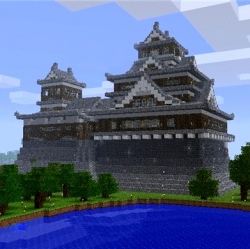
Consumers will spend $5.1 billion on virtual reality gaming hardware, accessories and software in 2016. That’s up from the $660 million spent in 2015, says the marketing leader. Meanwhile, the global market is expected to grow to $8.9 billion in 2017 and $12.3 billion in 2018.
A breakdown of this year’s $5.1 billion global market shows Europe in the lead with a $1.9 billion share and North America close behind with $1.6 billion. That’s followed by Asia with $1.1 billion, and the rest of the world accounting for $0.6 billion.
According to SuperData director of research Stephanie Llamas, light mobile virtual reality devices will drive the market at first with an audience of 27.1 million. Premium mobile virtual reality hardware, like Samsung Gear VR, will account for 2.5 million units sold in 2016.
However, PC virtual reality devices (like Facebook’s Oculus Rift and the HTC Vive) will only sell 6.6 million headsets, with Sony’s PlayStation VR selling 1.9 million units.
Breaking down the global virtual reality market, Llamas says Asia’s 2.5 billion smartphone users lead the mobile virtual reality market, with hardware like Google Cardboard accounting for almost 80% of new devices installed.
“Western markets with large PC and console user bases will ignite device sales for the two platforms,” Llamas says. “American gamers interested in VR look most forward to console and PC devices. One-third intend to purchase a Playstation VR and 13% look to buy the Oculus Rift.”
While Facebook is expected to announce its Oculus Rift pricing at CES, HTC is holding off on pricing for the HTC Vive. Additionally, Sony isn’t expected to announce a PlayStation VR price until later this year, possibly at the March Game Developers Conference in San Francisco.
Looking at the consumer market in more detail, Llamas says that younger consumer groups show a stronger interest in virtual reality. According to the company’s recent survey, 74% of U.S. respondents under 18 years of age indicated that they were “very interested” in virtual reality. For Millennials that number dropped to 65% and 54% for Gen Xers in contrast to only 42% for Baby Boomers.
“VR investments more than quadrupled after Oculus VR’s $91M funding rounds in 2013,” Llamas says. “Funding comes from a variety of sources, which not only highlights immense industry interest, but means funding will continue to steadily roll in through 2018.”
